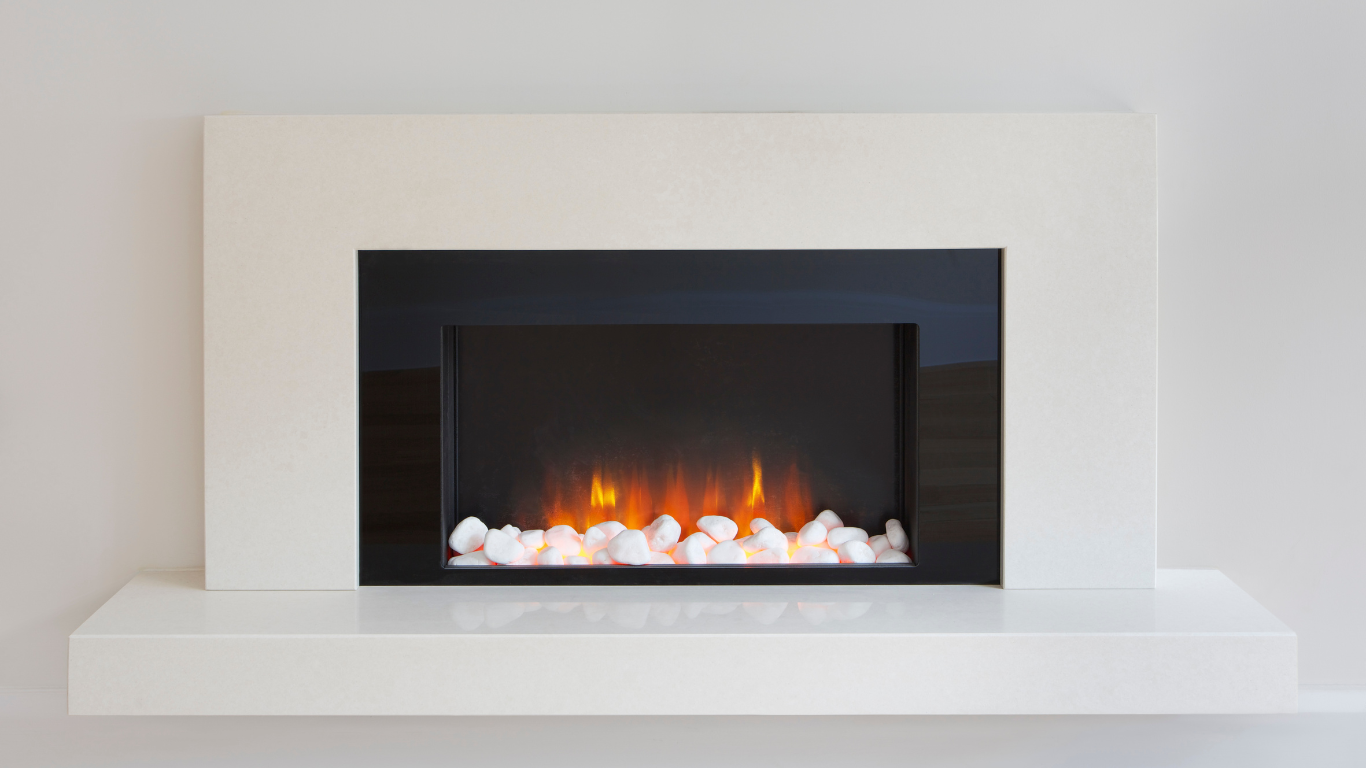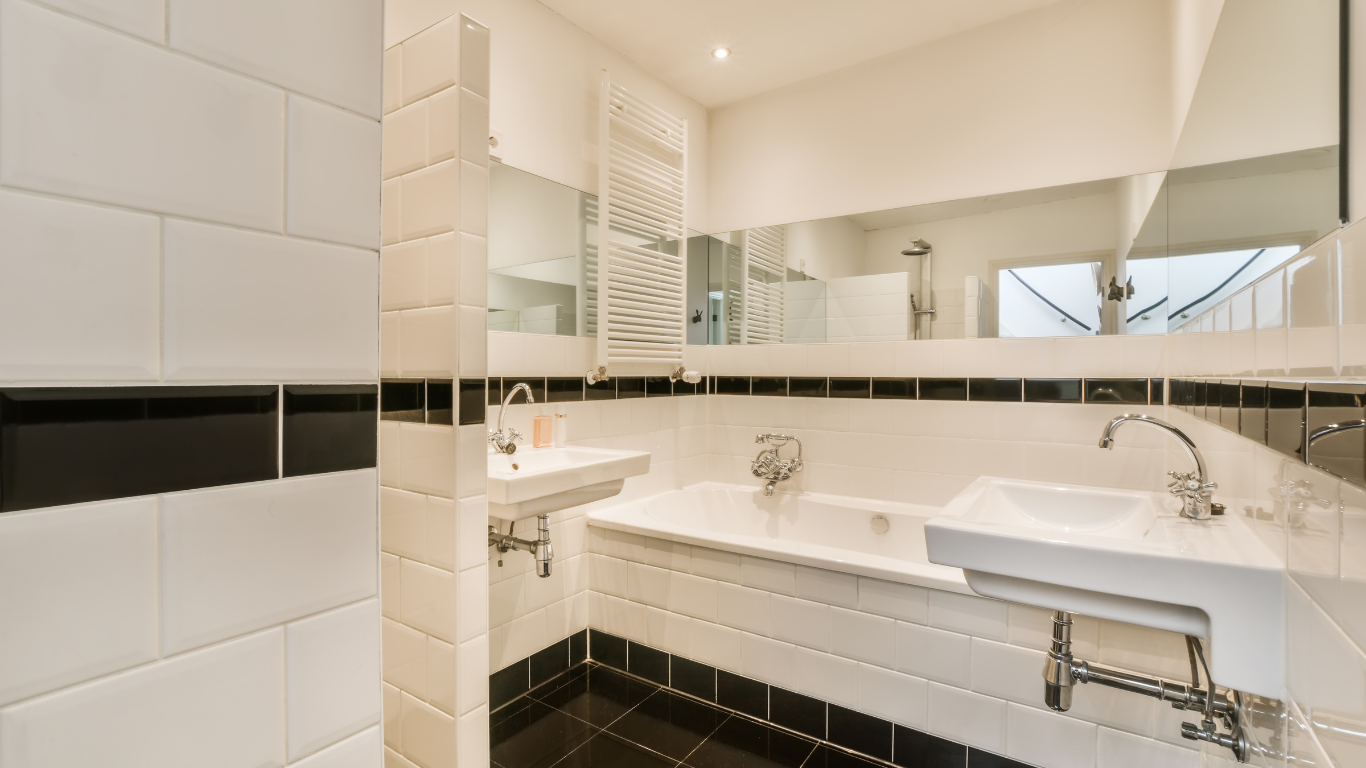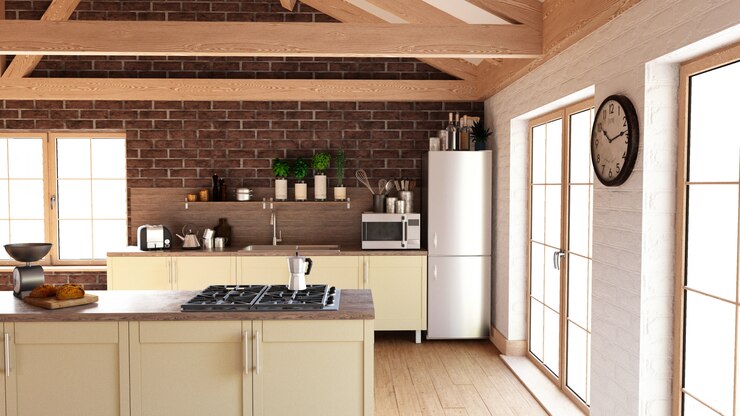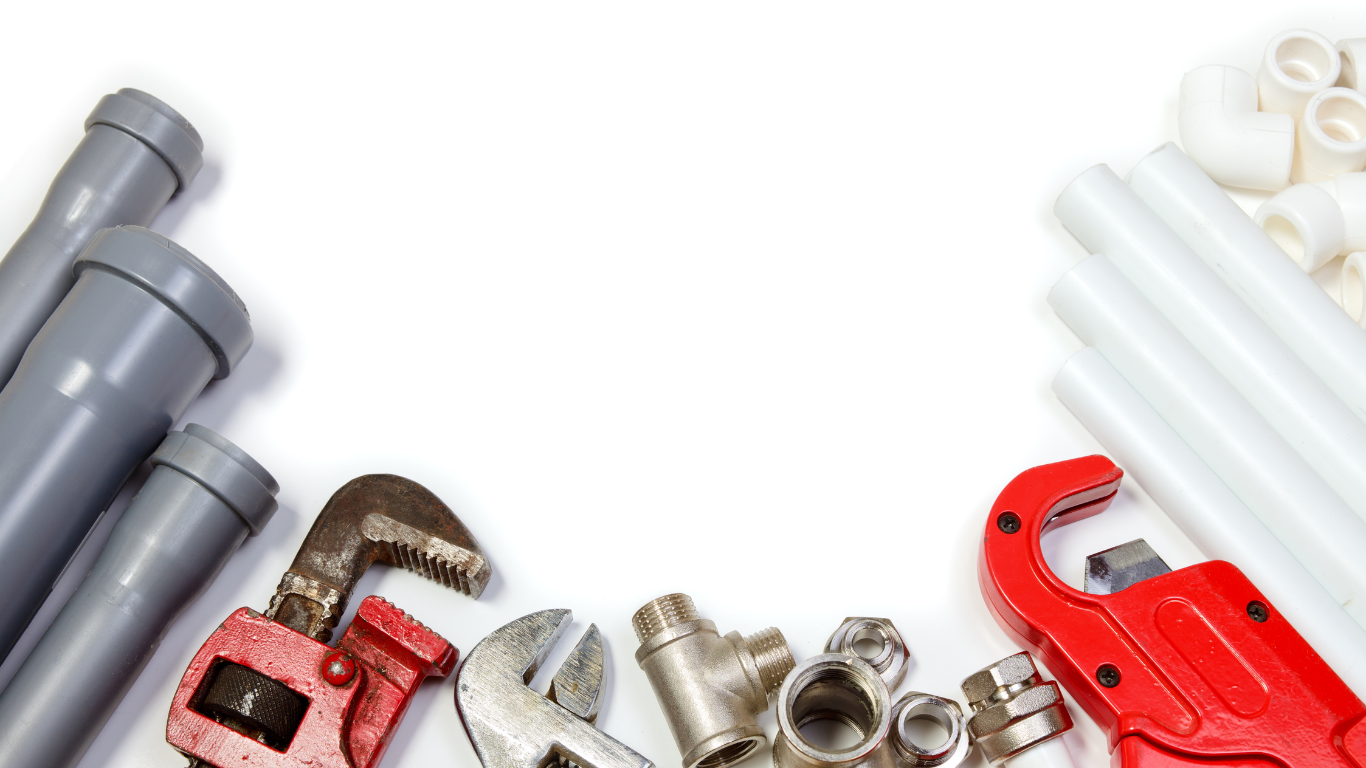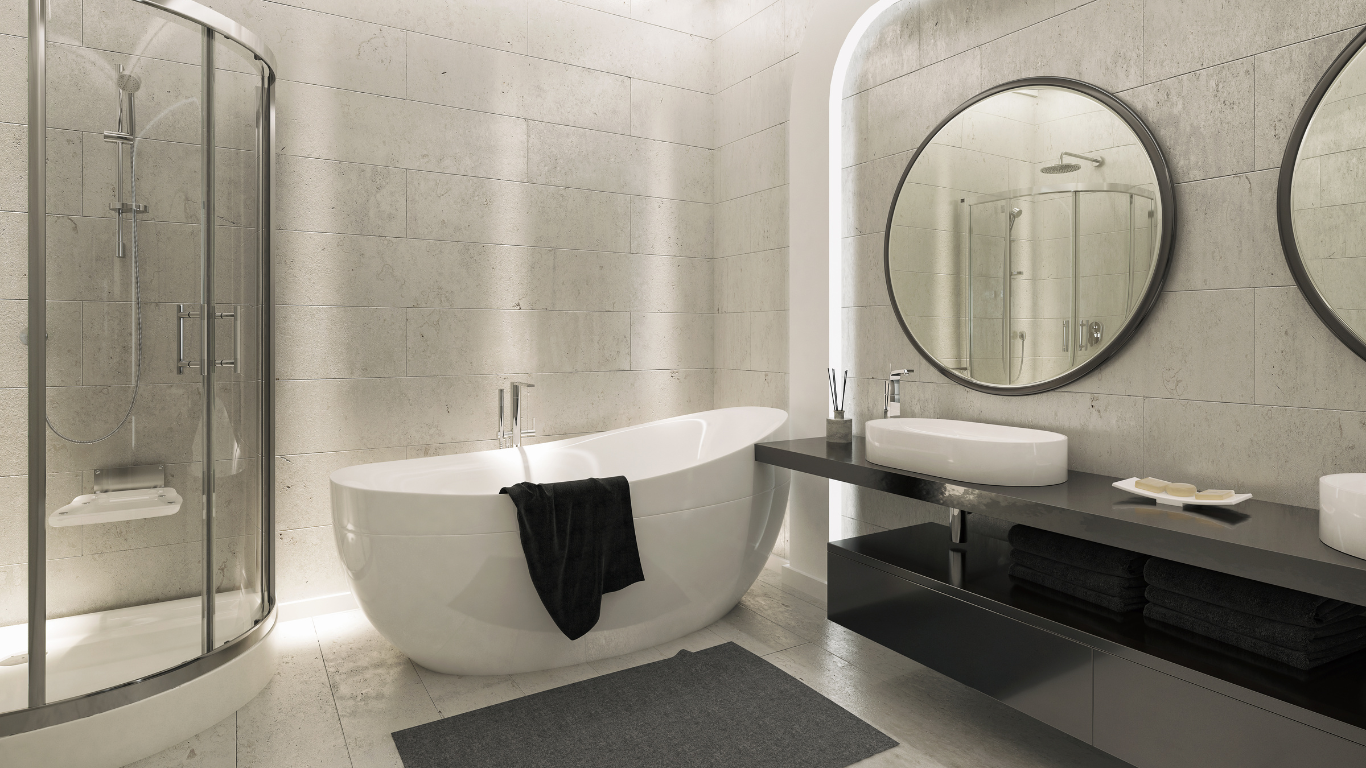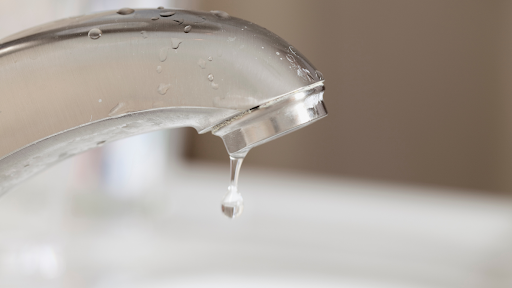
We often overlook the small drips and leaks that quietly steal money from our wallets and waste precious resources. A single leak might seem harmless, but over time, it can contribute to rising water bills and even cause costly damage. In this article, we explore how common plumbing problems like leaking valves and worn-out flapper valves can lead to long-term financial strain and why addressing these issues promptly can save you both money and headaches.
Why Small Leaks Matter
It is easy to ignore a minor leak under the sink or a slight dripping noise from the toilet. However, even the smallest leaks can waste hundreds of gallons of water each month. This not only impacts your water bill but also places unnecessary strain on water resources and the environment. Identifying and fixing these issues early can prevent long-term damage to your plumbing system and wallet.
The Financial Impact of Water Waste
Every drop of water that leaks from your plumbing adds to your utility bills. While a single drip might not seem significant, it can add up to a surprisingly high cost over time. A leaking faucet can waste thousands of gallons of water a year. Imagine the financial impact that multiple leaks around your home can have on your budget. Additionally, unchecked leaks can lead to mold growth, water damage, and costly repairs that extend beyond the initial plumbing issue.
Common Plumbing Issues That Waste Water
Leaking valves, worn-out flapper valves, dripping faucets, and hidden pipe leaks are all too common in many households. These issues can develop gradually and often go unnoticed until they cause significant damage. Regular maintenance and timely repairs are essential to prevent these problems from escalating.
- Leaking Valves: The Usual Suspects
Leaking valves are one of the most common culprits of wasted water. Whether it is a shutoff valve under the sink or a valve behind the toilet, even a small leak can waste a substantial amount of water over time. Regularly checking and tightening these valves can help prevent waste and protect your plumbing system. - Worn-Out Flapper Valves in Toilets
The flapper valve inside your toilet tank plays a critical role in regulating water flow. When it becomes worn out or misaligned, it can cause continuous water leakage into the bowl. This not only drives up your water bill but also puts strain on the toilet’s internal components, leading to more costly repairs down the line. - Dripping Faucets and Showerheads
A dripping faucet might seem harmless, but those drops add up quickly. A single faucet leaking at one drop per second can waste more than three thousand gallons of water each year. Showerheads can also develop leaks that go unnoticed, compounding the problem. Regular inspection and maintenance of these fixtures can prevent unnecessary water waste. - Hidden Pipe Leaks: Out of Sight, Out of Mind
Some of the most damaging leaks occur in places you cannot see. Pipes inside walls, under floors, or in basements can develop slow leaks that cause water damage and mold growth. By the time these leaks are noticed, they may have already caused significant structural damage. Routine inspections by professionals can help identify and address these issues before they escalate.
The Long-Term Financial Impact of Ignored Leaks
Ignoring leaks can lead to much higher water bills, expensive repairs, and even potential health hazards from mold and mildew. Water damage can also compromise the structural integrity of your home, leading to costly renovations. Addressing leaks as soon as they appear is the best way to protect your home and wallet from long-term financial strain.
Monthly Water Bill Surprises
Leaks that go unchecked can cause unexpected spikes in your monthly water bill. A sudden increase in water usage can be a sign of a hidden leak that needs immediate attention. Monitoring your water bills and comparing usage from month to month can help you spot issues early and take corrective action before the problem grows.
Potential for Water Damage Repairs
Leaks that are left unrepaired can cause water damage that requires extensive and expensive repairs. From damaged drywall and flooring to ruined insulation and electrical systems, the costs can add up quickly. Early detection and repair can save you from these headaches and expenses.
Mold and Health Risks from Unchecked Leaks
Water leaks create a moist environment where mold can thrive. Mold growth can pose serious health risks, especially for those with allergies or respiratory issues. Addressing leaks promptly and ensuring proper ventilation can help prevent mold infestations and protect the health of your family.
Environmental Concerns of Water Waste
Wasting water not only affects your wallet but also has a broader environmental impact. Conserving water is essential for protecting local water resources and ensuring a sustainable supply for future generations. By fixing leaks and adopting water-saving habits, you contribute to the well-being of your community and the planet.
The Bigger Picture: Community and Planet
Every drop counts when it comes to conserving water. By addressing leaks in your home, you play a part in reducing the demand on local water systems. This helps maintain a reliable water supply and supports environmental sustainability. Small actions at home can make a big difference globally.
Conservation Starts at Home
Simple steps like fixing leaks, using water-efficient fixtures, and being mindful of water usage can have a significant impact. These actions not only reduce your water bills but also contribute to a healthier environment for everyone.
How to Identify Leaks Before They Drain Your Wallet
Regular inspections can help you catch leaks early and avoid expensive surprises. Start by checking your water meter and monitoring your water bills. Conduct simple tests, such as the toilet dye test, to identify hidden leaks that might otherwise go unnoticed.
The Toilet Dye Test
Add a few drops of food colouring to your toilet tank. If the colour appears in the bowl without flushing, you have a leak that needs to be fixed. This simple test can save you from wasting hundreds of gallons of water every month.
Checking Valve Seals
Inspect valves throughout your home for signs of corrosion, wear, or leaks. Tighten any loose connections and replace worn-out seals to prevent water waste and ensure your plumbing system remains in good working order.
Inspecting Faucets and Showerheads
Check faucets and showerheads for drips and leaks. Even small leaks can waste significant amounts of water over time. Replacing worn-out washers or gaskets can often solve the problem quickly and affordably.
DIY Fixes for Common Leaks
Some leaks can be fixed with basic tools and a little know-how. Replacing a toilet flapper valve, tightening loose fittings, or installing new washers can prevent water waste and extend the life of your plumbing fixtures. However, for more complex issues, it is best to call a professional plumber.
Replacing a Toilet Flapper Valve
Turn off the water supply to the toilet, remove the tank lid, and replace the old flapper with a new one. This simple repair can eliminate leaks and save you money on your water bill.
Fixing a Leaky Faucet
Shut off the water supply to the faucet, remove the handle, and replace the worn-out washer or gasket. Reassemble the faucet and turn the water back on to check for leaks. This quick fix can prevent thousands of gallons of water from going down the drain each year.
When to Call a Professional Plumber
While some leaks can be handled with a DIY approach, others require the expertise of a licensed plumber. If you are unsure about the source of a leak or how to fix it, call Chatham Plumbing for professional assistance. Our team is trained to identify and repair leaks efficiently, saving you time, money, and stress.
When to Call a Professional Plumber
Some leaks require professional help, especially if the source is hidden or complex. Even then, quality parts from Chatham Plumbing ensure a reliable fix that lasts.
Conclusion:
Leaks may seem minor, but they can cause major financial and environmental headaches. Contractors and homeowners can rely on Chatham Plumbing for the highest-quality parts and supplies to stop leaks at the source. Protect your wallet, your home, and your community by addressing leaks before they become costly problems.
FAQs
How much water does a leaking toilet waste?
A leaking toilet can waste up to 200 gallons of water a day, depending on the severity.
Can a small drip really add up?
Yes, a single drip every second can waste more than three thousand gallons a year.
What’s the most common cause of household water leaks?
Worn-out washers, loose seals, and corroded valves.
Are worn-out flappers easy to replace?
Yes, with quality replacement parts from Chatham Plumbing, it’s a simple fix.
How often should plumbing systems be checked?
Homeowners should check annually, and contractors should advise clients on maintenance schedules.


